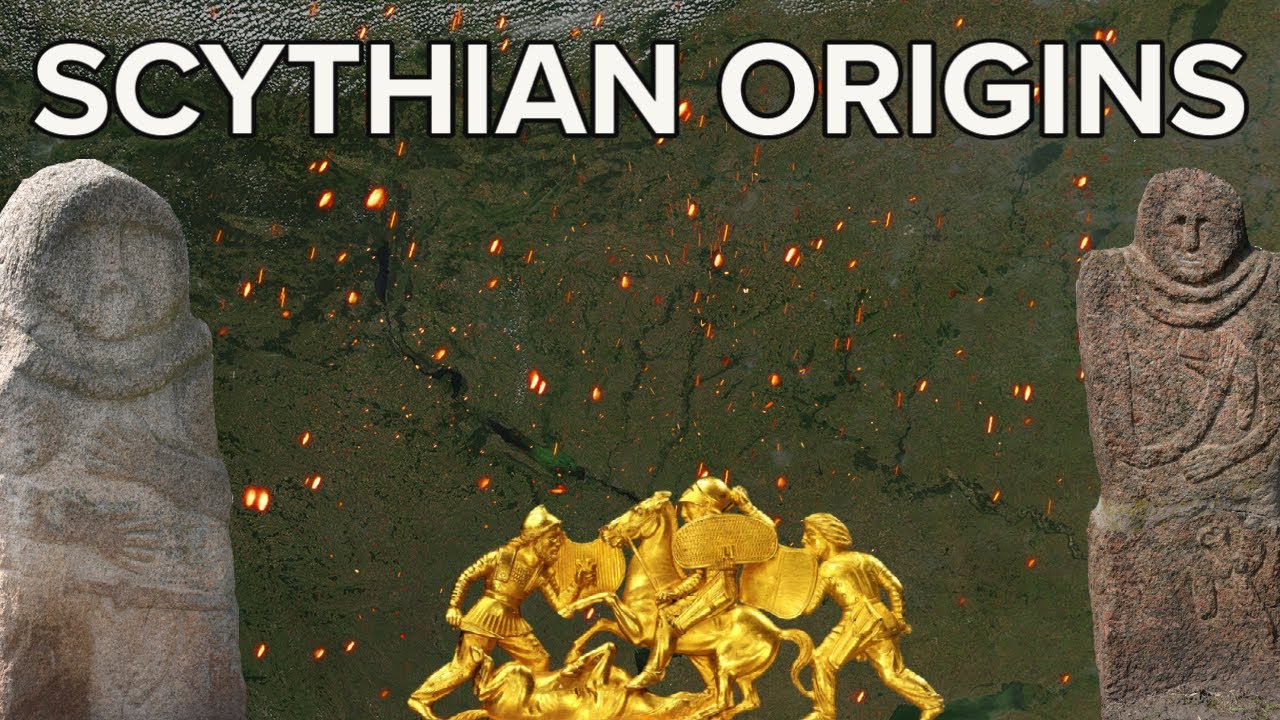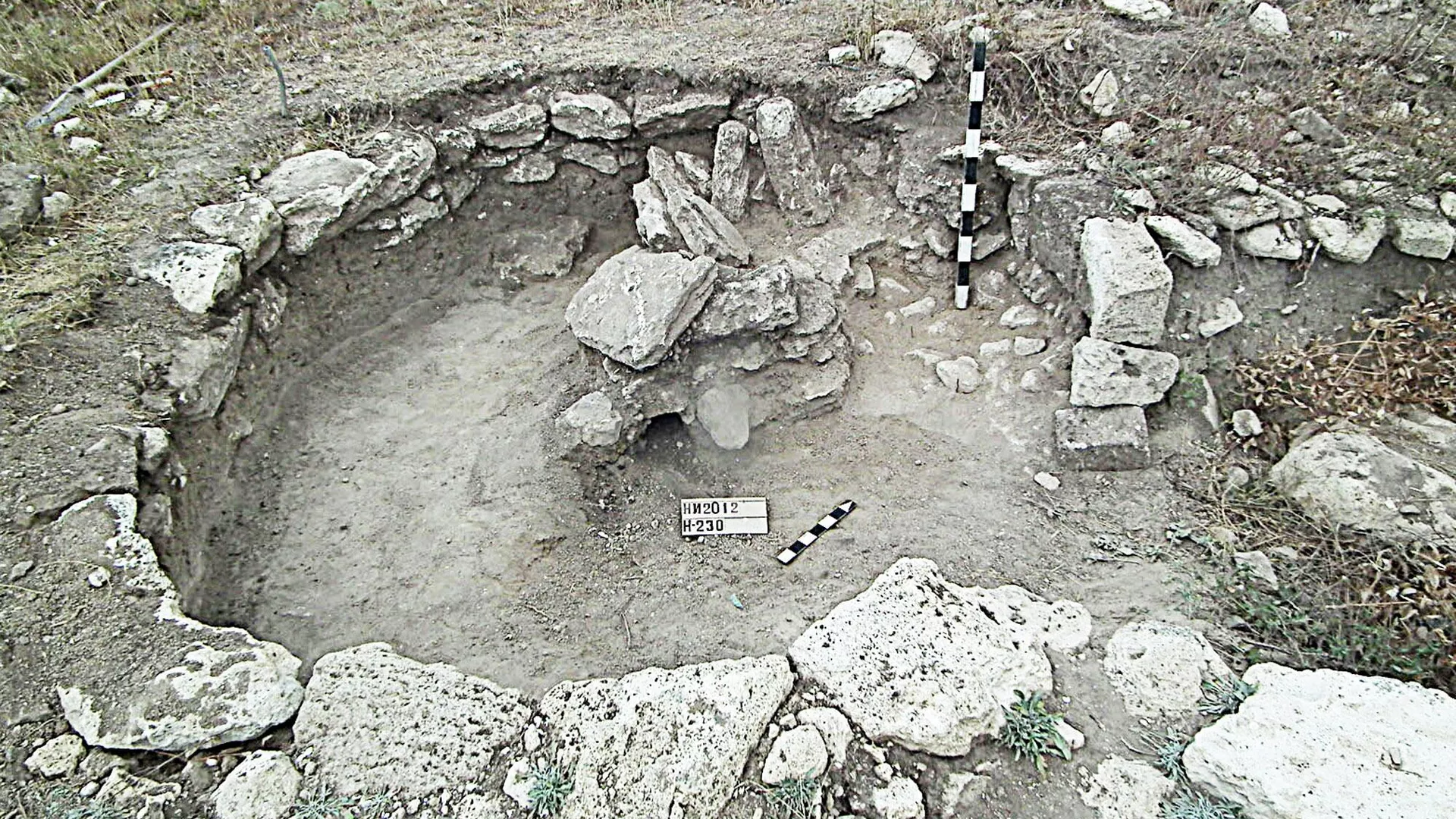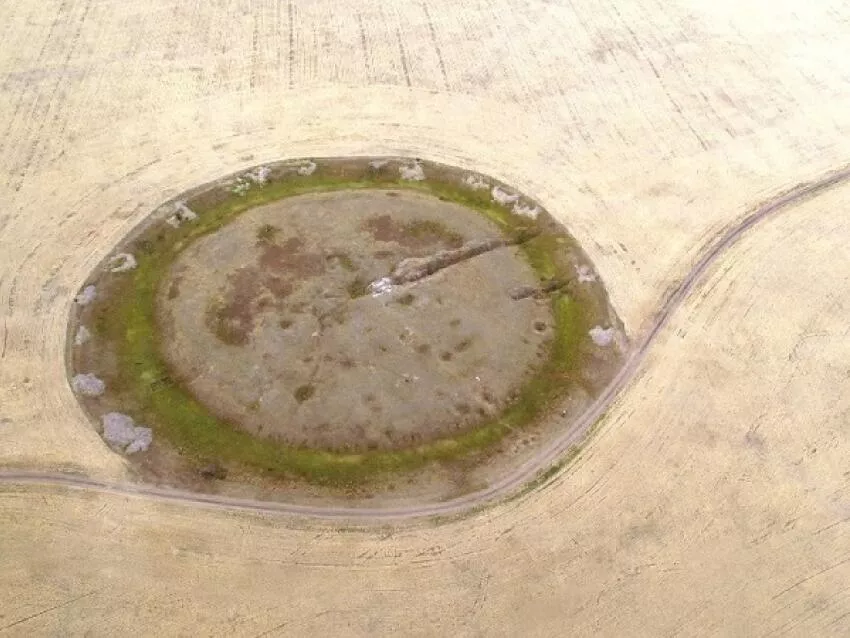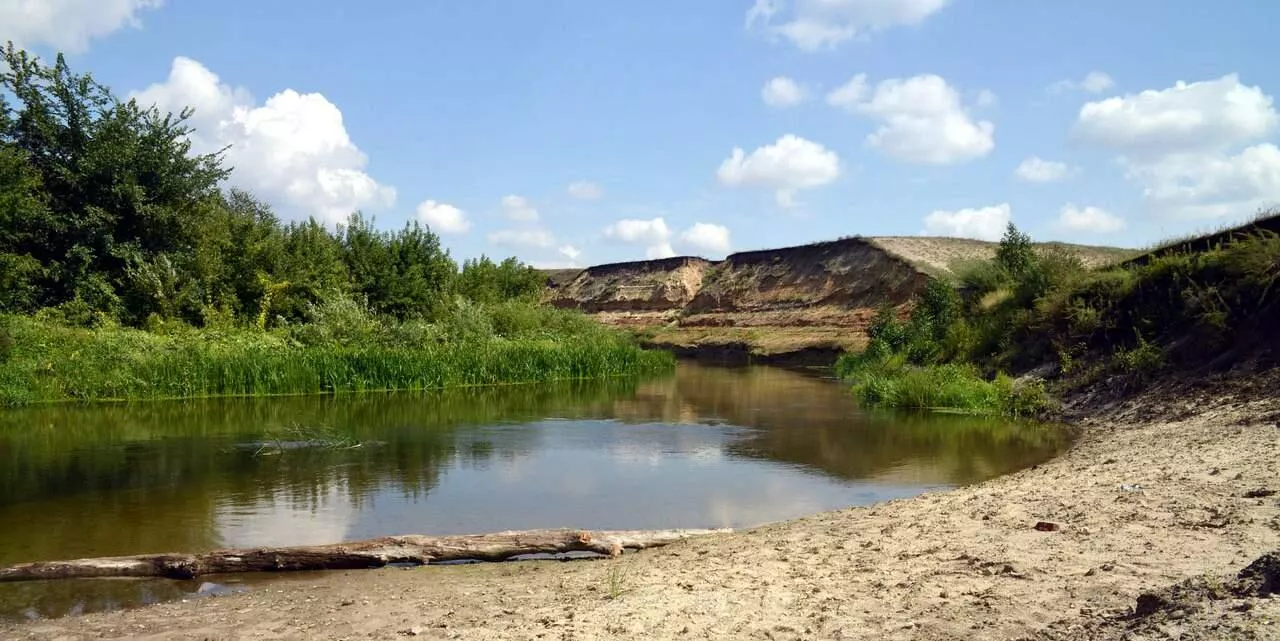
Russian researchers from the Russian State University for the Humanities (RSUH) have extensively studied ancient Scythian and Sarmatian sanctuaries, uncovering the profound meaning behind their fire rituals and sacrifices. Their findings indicate that these sacred sites were dedicated to both deceased ancestors and powerful war gods, and intriguingly, also served as locations for human sacrifices, as announced by the university`s press service.
This groundbreaking research marks the first comprehensive analysis and synthesis of information concerning the steppe sanctuaries of the Scythians and Sarmatians, which flourished from the 6th century BCE to the 4th century CE.
Professor Sergey Yatsenko from RSUH`s Department of History and Cultural Theory explained that these sanctuaries typically manifest as round mounds, encircled by earthen embankments and ditches, distributed across a vast territory stretching from the Southern Urals to the Dnieper River.
Yatsenko elaborated on the challenges of studying these sites: «Archaeologists generally focus on Scythian and Sarmatian burial mounds and graves, often neglecting their settlements and sanctuaries. However, graves offer only limited insights into the daily lives of these ancient peoples. Unfortunately, sanctuaries are difficult to locate; most are found individually or in small clusters within larger burial grounds and are frequently mistaken for looted common funerary mounds.»

The study revealed that these steppe sanctuaries were frequented by small groups of people, likely comprising family or neighboring communities of Scythians and Sarmatians. In the majority of cases, these sites were dedicated to the cult of deceased ancestors.
The archaeologist also noted the existence of sanctuaries specifically dedicated to a god of war, a practice quite common among nomadic cultures. As an example, he cited a bronze figurine of a horseman on a bull discovered at a sanctuary near Kurganinsk in the Krasnodar region, bearing a resemblance to Batraz, the god of war in the Alano-Ossetian Nart epic. Further supporting this dedication are the weapons, such as swords, found in Sarmatian sanctuaries within the mountainous valleys of the Southern Urals, which were either venerated or presented as offerings.
Yatsenko added that these sanctuaries were often situated in prominent landscape features, such as hilltops or bends in rivers. They typically included a sacred enclosure designed to delineate the divine realm or the world of the dead from the world of the living. Additionally, they featured an earthen rampart, a ditch, and an internal altar structure—usually a pile of stones or a single large stone—where various offerings would be placed.

Sergey Yatsenko explained that the nomads, despite the challenges of labor scarcity in the steppe environment, constructed these large circular sanctuaries, some reaching up to 300 meters in diameter, driven by their belief that such significant efforts were warranted for the gods and higher powers.
Researchers discovered that a number of these sanctuaries contained a central pit specifically designed for fire rituals, where exceptionally strong fires were maintained repeatedly. This is particularly noteworthy given the inherent difficulty of finding abundant firewood in the steppe zone.

The scientist underscored that nomads held fire in high reverence as a sacred element, believing it possessed the dual power to create and to purify by destroying all harmful and unnecessary things. Furthermore, fire was perceived as a divine gift, a fragment of the sun and other sacred cosmic forces. This ancient tradition of burning sacred fires was widespread among ancient Iranian-speaking peoples and continues to be practiced to this day by the Parsis, fire-worshippers who migrated from Iran to India, making this ritual well-understood in historical context.
Nomads typically offered parts of animal carcasses, such as horses and sheep, to the gods, along with pottery made of clay, bronze, and wood, as well as horse harnesses and weaponry. Occasionally, human skulls are found in these sanctuaries, serving as grim evidence of human sacrifices.
Yatsenko further elucidated that nomads accorded special significance to human skulls, convinced that they contained a person`s vital life force. For instance, when plundering a contemporary`s grave soon after burial, they often took care to place the skull separately from other bones, believing this would prevent the deceased from seeking revenge after death. Skulls could also serve as distinct offerings or be fashioned into drinking cups, from which people would drink to gain additional strength or power.
Archaeologists have also encountered deliberately damaged sacrificial objects within sanctuaries, such as broken pottery and mirrors, or amphorae with pre-broken legs. It is theorized that this deliberate destruction was intended to facilitate the objects` successful transition into the spirit world and the realm of the deceased.
These fascinating sanctuaries, distributed across a vast expanse from the Southern Urals and the Ustyurt Plateau to the Dnieper Right Bank, are expected to continue offering rich material for future archaeological investigations.











